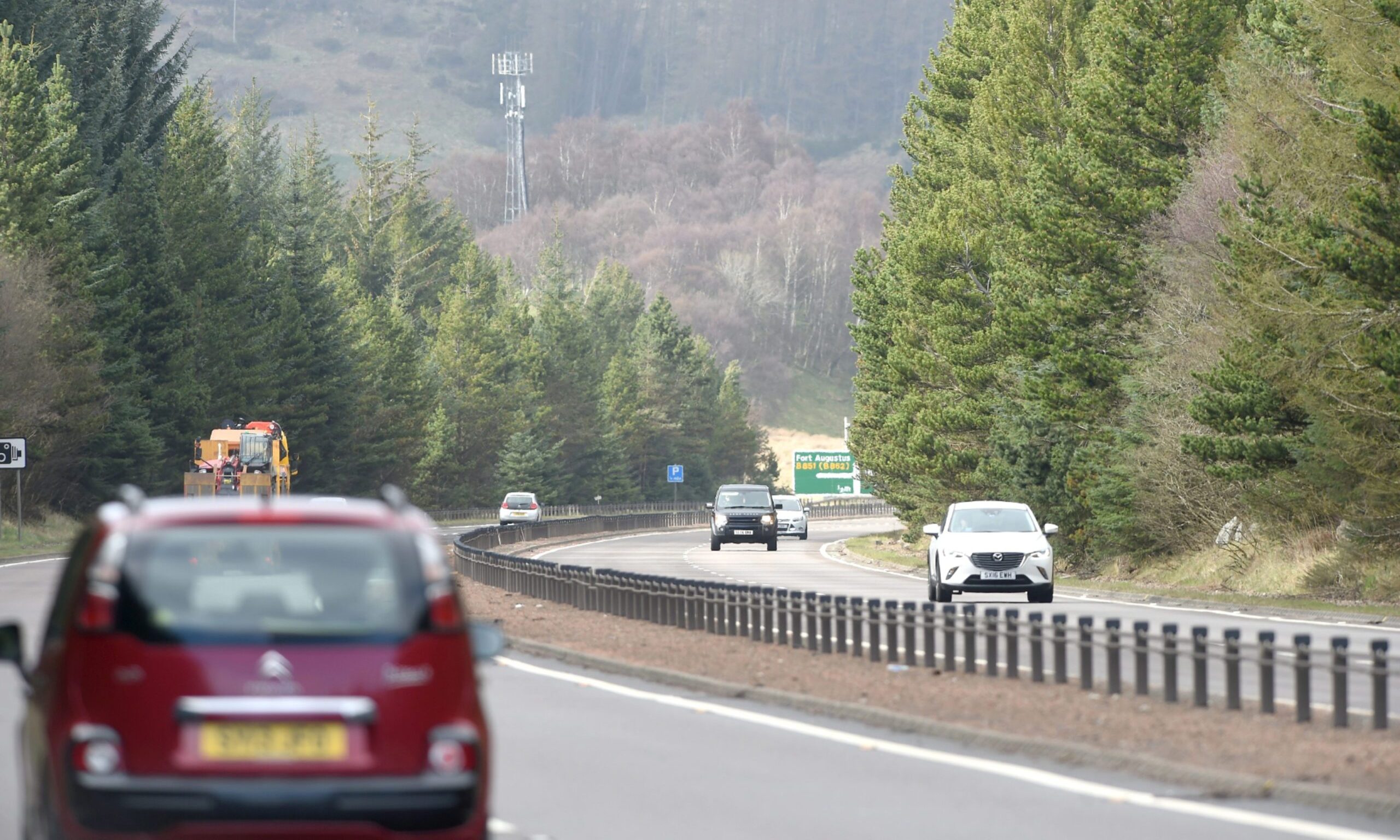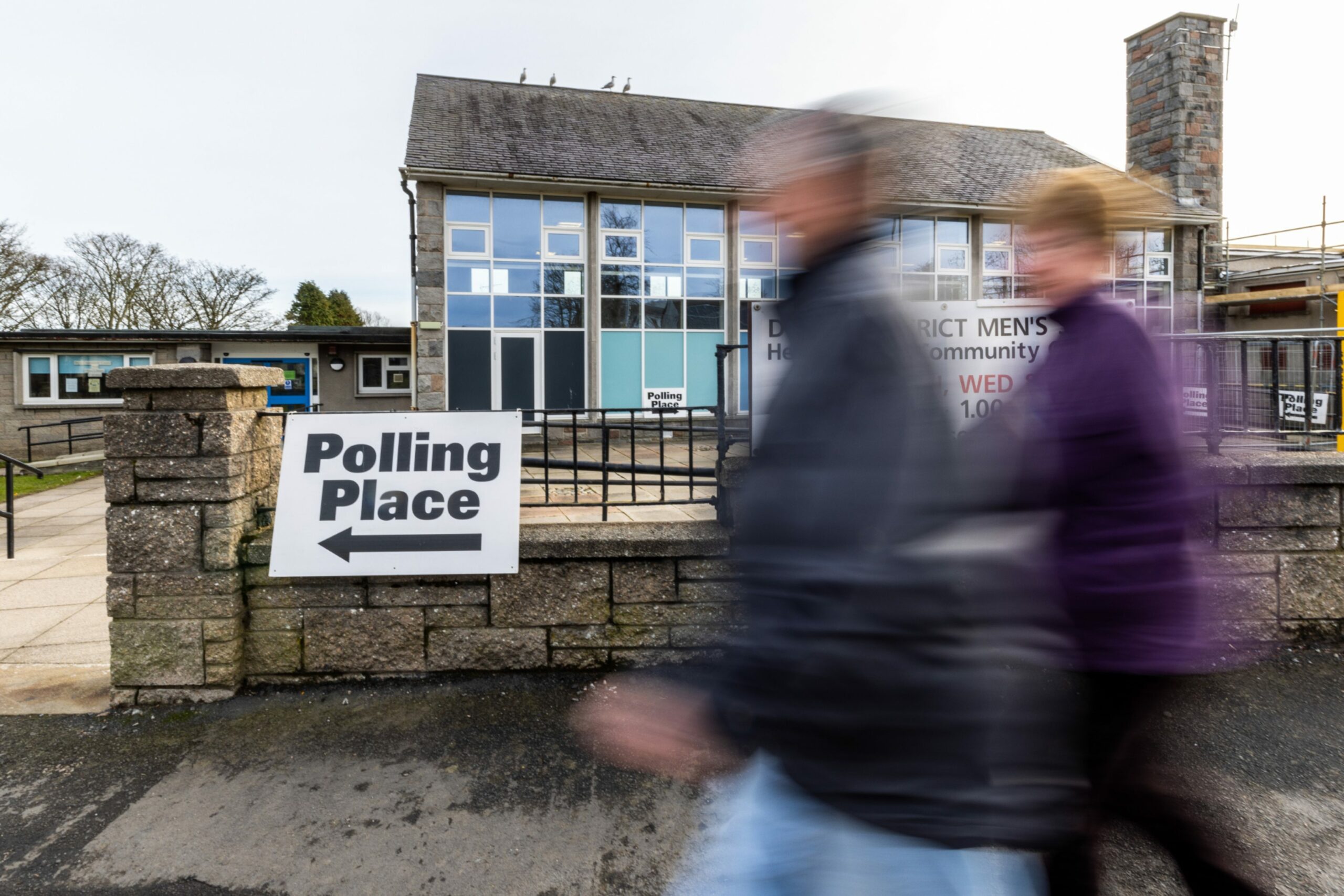It’s becoming increasingly difficult to believe the Scottish Government is fully committed to dualling the A9.
Sure, under pressure from opponents, ministers may be heard to speak of their unwavering support for the project. But of actual work, there is little.
The Scottish Conservatives recently pointed out that, if work to dual the road carried on at its current pace, it would take 111 years to complete.
The most recent development was a promise by the Scottish Government that an update on the programme would be made before the end of the year. A promise of an update might not be much, but it’s something.
Perhaps the publication on Thursday of a new bundle of evidence by the Holyrood’s petitions committee, which is currently investigating the A9 dualling project, will concentrate ministerial minds.
Committee convenor Jackson Carlaw described the evidence as “stark”, adding that it reveals a “piecemeal process, with concerns raised repeatedly about spiralling costs and delays to completion”.
It’s puzzling, indeed, that since coming to power in 2007, the SNP has been so very lackadaisical when it comes to the matter of improving the A9. Not only is the road notorious as one of the least safe in Europe, it passes through much of what were once the SNP’s traditional rural heartlands.
For generations of nationalist politicians, the failure of successive UK Governments to completely dual the A9 was a major campaigning issue. That Westminster politicians were willing to tolerate the devastating number of fatalities on the road each year was the perfect encapsulation of their disdain for the needs of rural Scotland.
After the establishment of the Scottish parliament in 1999, the SNP turned its fire on the Labour-Liberal Democrat coalition that held power for the first eight years of devolution. These parties may have been elected to serve the people of Scotland, went the SNP line, but they were more interested in taking orders from their London headquarters than in meeting the needs of Scots.
SNP has taken voters in the north for granted
The SNP quite brilliantly – and perfectly legitimately – exploited for electoral gain the failure of successive governments to improve safety on the A9.
So, surely, it wasn’t too much to expect that the party, having won power, would see to it that the road was fully dualled. What better symbol that the SNP understood Scotland’s needs could there have been?
Looking back over the years of nationalist rule at Holyrood, we can – I think – see two key reasons for the SNP’s failure to complete the upgrading of the A9.
The first of these is that, with an eye on the independence prize, the SNP has always been inclined to shy away from projects which carry the risk of failure. The dualling of the A9 is a complex and costly business, and what would it say about the SNP’s ability to run an independent country if it couldn’t rise to the occasion?
The second reason is no less cynical, I’m afraid.
In order to become Scotland’s dominant political party, it was necessary for the SNP to make inroads into parts of the country where it had never won before. The nationalists were more successful in this project than they might have dreamed, sweeping Labour away across the Central Belt and taking control of the country’s largest city, Glasgow.
Having made these gains, the party appeared more concerned with keeping its new voters happy than it did with honouring its promises to those who’d voted SNP during the wilderness years. I’m afraid the nationalists have – for a long time now – been taking voters in rural Scotland for granted.
We need hard facts and serious commitments
To drive on the A9 is, for significant stretches of the road, to take one’s life into one’s hands. Floral shrines, dotting the route, stand as bleak reminders that, each year, families are torn apart by fatal crashes on the road.
Anyone who has driven across mainland Europe will know that our neighbours in France, Spain and Germany are perfectly capable of building decent roads that work for residents and tourists. None of those countries would allow an area as beautiful as the north of Scotland to be so poorly served by the road network. Yet, here in Scotland, we invite tourists wishing to venture north of Perth to risk their safety.
Politics sniping only goes so far. We need to hear concrete plans for the A9 dualling from the Scottish Government
Where once the SNP was able to point the finger at other parties and accuse them of neglecting the A9, now those opponents may fire the charge back.
But politics sniping only goes so far. We need to hear concrete plans for the A9 dualling from the Scottish Government. Vague promises of updates and plans of action no longer cut it. We need hard facts and serious commitments. And we need them now.
Euan McColm is a regular columnist for various Scottish newspapers



Conversation